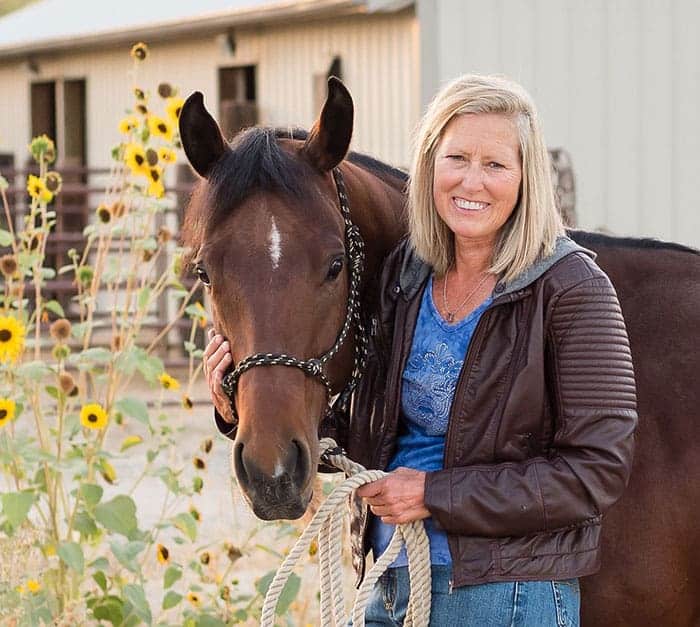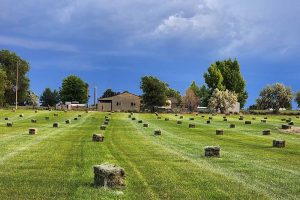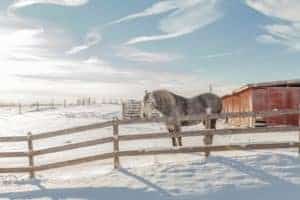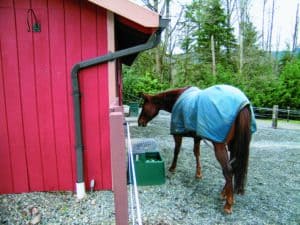
4 Ways to Boost Soil Health on Horse Farms
Cultivating healthy soil in your horse’s pastures will help reduce weeds and improve pasture quality. These 4 tips can help you achieve healthy soil on your horse property.


Cultivating healthy soil in your horse’s pastures will help reduce weeds and improve pasture quality. These 4 tips can help you achieve healthy soil on your horse property.

Cultivating healthy pastures on your horse farm can help remove carbon dioxide from the atmosphere. Here’s how.

Learn what you can do to reduce the carbon footprint of your horse farm.

Stacking and tarping your hay correctly can ensure quality forage for your horse all winter.

Moisture meters can help you determine when to bale and store your horses’ hay and can protect against barn or storage building fires.

Don’t wait for the first snowflakes to prepare your horse property for the cold, dark, and wet months ahead.

Predators such as bears, cougars, wolves, and coyotes can pose threats to horses and other farm animals. Learn how to protect your animals and prevent attacks on your farm.

Use this checklist of fall horse property chores to better prepare yourself and your horses for the upcoming winter months.

Grazing horses at night can help keep them at a healthy weight and reduce their sugar intake.

How to design a multitiered insect control plan to combat flies, mosquitoes, midges, and more. Brought to you by Weatherbeeta.

Pasture maintenance is necessary for controlling weedy grass species that can be dangerous to horses.

Improving the air quality in your barn can protect horses and humans against respiratory dysfunction.

Insect-bite hypersensitivity can become a serious issue for horses that react to fly and midge bites.

Here’s what you need to know about turnout location, fencing, footing, and enrichment for horses on smaller properties.

Improving drainage and diverting water runoff will help keep your horses and farm safe.

These practices will help minimize odors on your farm to keep you, your horses, and your neighbors healthy and happy.
Stay on top of the most recent Horse Health news with
© 2022 Copyright Statement dolor sit amet, consetetur sadipscing User Terms, sed diam nonumy eirmod tempor invidunt ut labore et dolore magna aliquyam erat, sed diam voluptua. At vero eos et accusam et justo duo dolores et ea rebum. Stet clita kasd gubergren, no sea takimata sanctus est Lorem ipsum dolor sit amet.